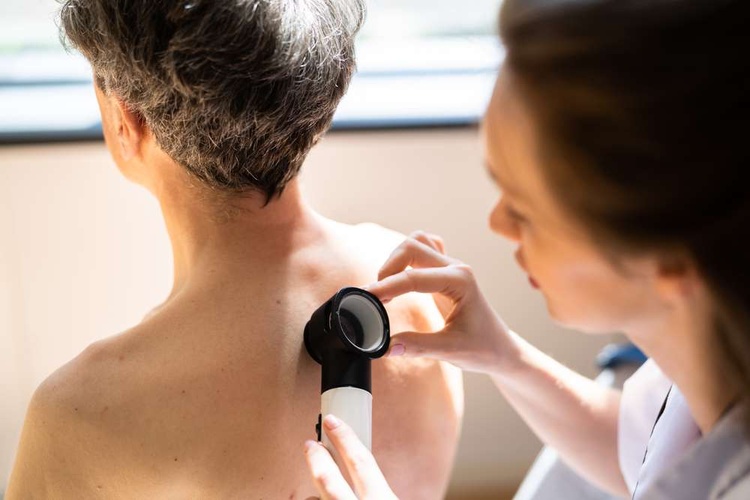Early Signs of Skin Cancer You Shouldn’t Ignore in the USA
Skin cancer often begins with subtle symptoms that many overlook in the USA. Identifying the early signs can make a significant difference in timely detection and treatment. Changes in the appearance of the skin, including new growths or unusual spots, may be early warnings worth understanding.

What are the most common types of skin cancer?
There are three primary types of skin cancer: basal cell carcinoma, squamous cell carcinoma, and melanoma. Basal cell carcinoma is the most common form, typically developing on sun-exposed areas like the face and neck. Squamous cell carcinoma often appears on areas frequently exposed to the sun, such as the ears, face, neck, and hands. Melanoma, the most dangerous type, can develop anywhere on the body, including areas not typically exposed to sunlight.
How can I recognize changes that may indicate a problem?
Recognizing changes that may indicate a problem is crucial for early detection. The ABCDE rule is a helpful guide for identifying potential melanomas:
-
A: Asymmetry - One half of the mole doesn’t match the other
-
B: Border - Irregular, jagged, or scalloped edges
-
C: Color - Varied colors within the same mole
-
D: Diameter - Larger than 6mm (about the size of a pencil eraser)
-
E: Evolving - Changes in size, shape, or color over time
For non-melanoma skin cancers, look for persistent, non-healing sores, reddish patches, or shiny bumps or nodules.
What are the common early symptoms of different skin cancer types?
Each type of skin cancer has its own set of early symptoms. Basal cell carcinoma often appears as a pearly or waxy bump, a flat, flesh-colored or brown scar-like lesion, or a bleeding or scabbing sore that heals and returns. Squamous cell carcinoma may present as a firm, red nodule or a flat lesion with a scaly, crusted surface. Melanoma can manifest as a large brownish spot with darker speckles, a mole that changes in color, size, or feel, or a small lesion with irregular borders and color variations.
Why does early detection matter for treatment success?
Early detection is crucial for successful treatment outcomes. When skin cancer is caught in its initial stages, it’s often more treatable and has a higher cure rate. For instance, the five-year survival rate for melanoma detected before it spreads to the lymph nodes is 99%. However, this rate drops significantly once the cancer has metastasized. Early detection also allows for less invasive treatment options, potentially reducing scarring and other side effects.
How often should I perform skin self-examinations?
Regular skin self-examinations are an essential part of early detection. It’s recommended to perform a thorough skin check at least once a month. This involves examining your entire body, including areas that don’t get sun exposure, such as between toes, under nails, and on the scalp. Use a mirror or ask a partner to help check hard-to-see areas. If you notice any suspicious changes or growths, it’s important to consult a dermatologist promptly.
What role do professional skin cancer screenings play?
While self-examinations are crucial, professional skin cancer screenings play a vital role in early detection. Dermatologists are trained to identify subtle changes that may not be apparent to the untrained eye. They can perform a thorough examination of your skin and may use specialized tools like dermoscopy for a closer look at suspicious lesions. The frequency of professional screenings depends on individual risk factors, but generally, an annual full-body skin exam is recommended, especially for those with a history of excessive sun exposure or a family history of skin cancer.
In conclusion, understanding and recognizing the early signs of skin cancer is crucial for timely detection and successful treatment. By familiarizing yourself with the common symptoms of different skin cancer types and performing regular self-examinations, you can play an active role in protecting your skin health. Remember, when in doubt about any skin changes, it’s always best to consult a dermatologist for professional evaluation.
This article is for informational purposes only and should not be considered medical advice. Please consult a qualified healthcare professional for personalized guidance and treatment.




